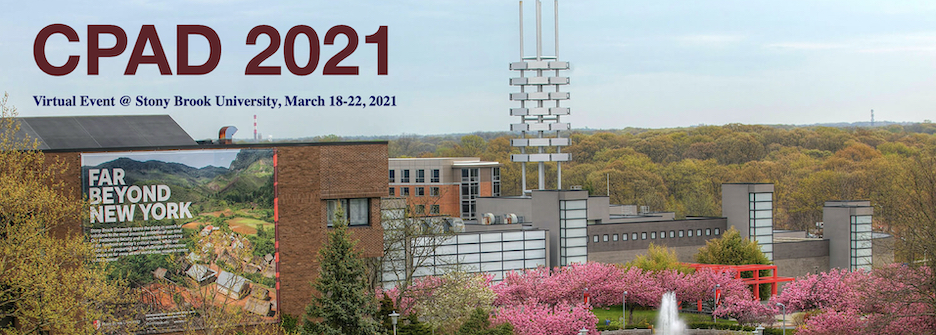Speaker
Description
The proposed high-luminosity high-energy Electron-Ion Collider (EIC) will provide a clean environment to precisely study several fundamental questions in the high energy and nuclear physics fields. To realize the proposed physics measurements at the EIC, a high granularity, large coverage and high precision detector, which can cover pseudorapidity range from -3.5 to 3.5, provide percentage momentum/energy resolution and be able to separate nanosecond bunch crossings, is required. A low material budget silicon vertex/tracking detector with fine spatial and temporal resolutions is critical to carry out a series of hadron/jet measurements at the EIC especially for the heavy flavor product reconstruction/tagging. We will present initial designs of a proposed forward silicon tracking detector (with pseudorapidity coverage from 1 to 3.5) integrated with different magnet options and detector sub-systems for the EIC. The evaluated performance of this detector meets the EIC detector requirements. The detector R$\&$D work for the silicon technology candidates: Low Gain Avalanche Diode (LGAD) and radiation hard Monolithic Active Pixel Sensor (MALTA) will be shown as well.
